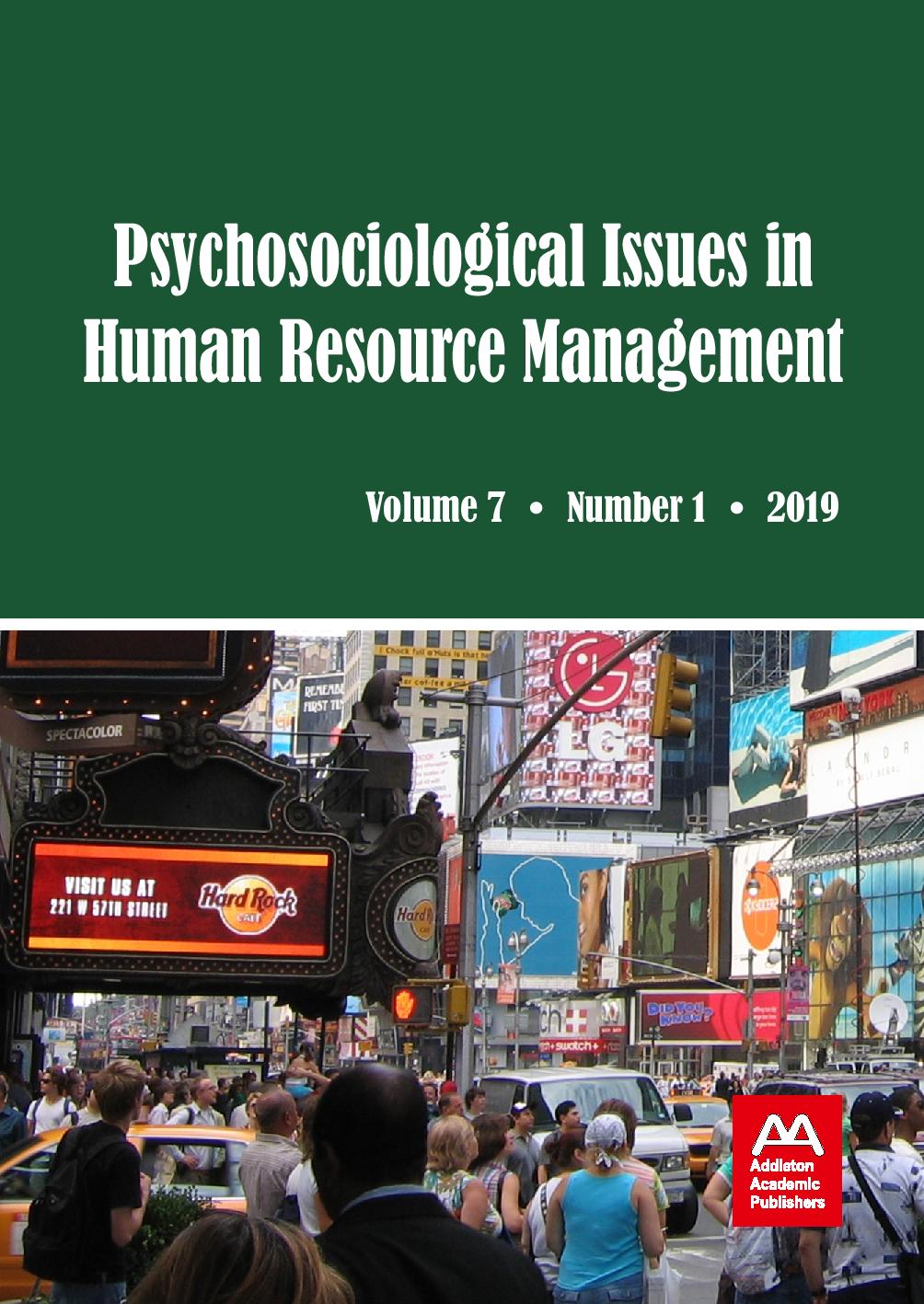Employee Microchip Implants: Technology Acceptance, Capability Enhancement, and Continuous Monitoring
Employee Microchip Implants: Technology Acceptance, Capability Enhancement, and Continuous Monitoring
Author(s): GRAȚIELA SIONSubject(s): Labor relations, Management and complex organizations, Human Resources in Economy
Published by: Addleton Academic Publishers
Keywords: microchip implant; employee; technology; enhancement;monitoring accuracy;
Summary/Abstract: Empirical research provides mixed results regarding implanting microchips in employees. Using and replicating data from Pew Research Center, I performed analyses and made estimates regarding U.S. adults who say: the possibility of an implanted device for a much improved ability to concentrate and process information makes them enthusiastic/worried (%), the possibility of an implanted device for a much improved ability to concentrate and process information is something they/most people would (not) want (%), implanted devices giving healthy people much improved cognitive abilities would change society a great deal/some/not too much/at all (%), possible positive/negative outcomes are likely to happen as a result of implanted devices giving healthy people much improved cognitive abilities (%), an implanted device for improved cognitive abilities would be appropriate/taking technology too far if it made a person’s abilities far above that of any human known to date/much better than their own peak abilities/equal to their own peak abilities (%), an implanted device giving healthy people much improved cognitive abilities would be more or less acceptable if people could turn on and off the effects/if effects were permanent and could not be reversed (%), and implanted devices giving healthy people much improved cognitive abilities would have more benefits than downsides/more downsides than benefits/about equal benefits and downsides (%). Data were analyzed using structural equation modeling.
Journal: Psychosociological Issues in Human Resource Management
- Issue Year: 7/2019
- Issue No: 1
- Page Range: 48-53
- Page Count: 6
- Language: English
- Content File-PDF

